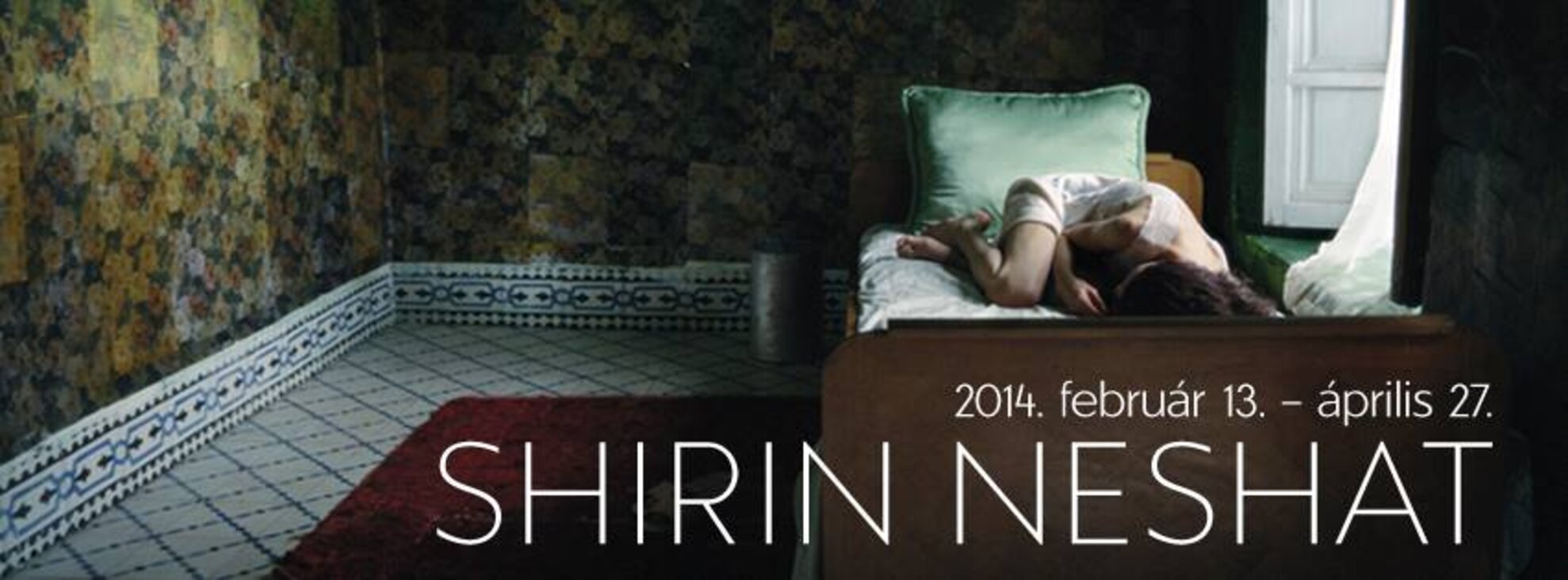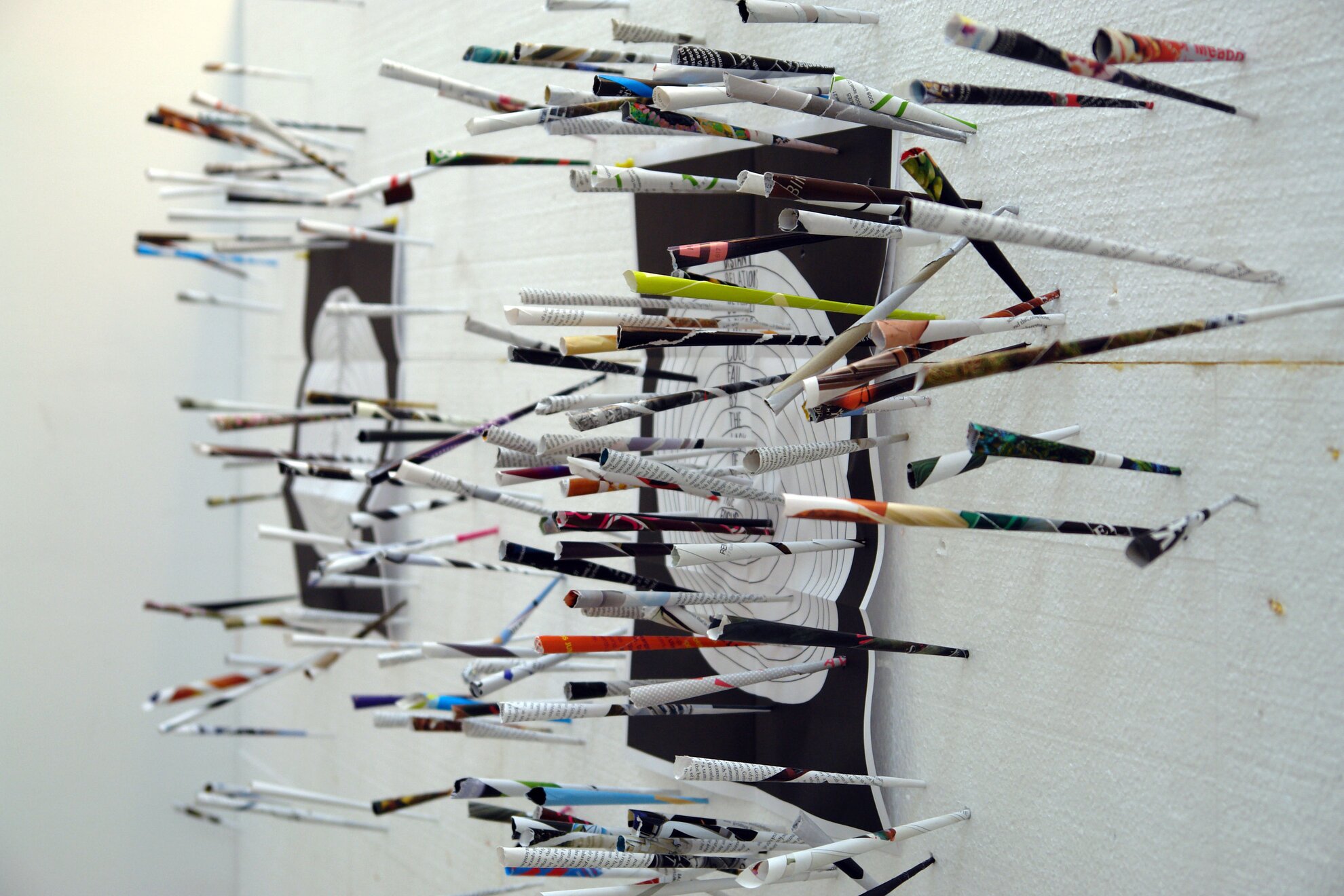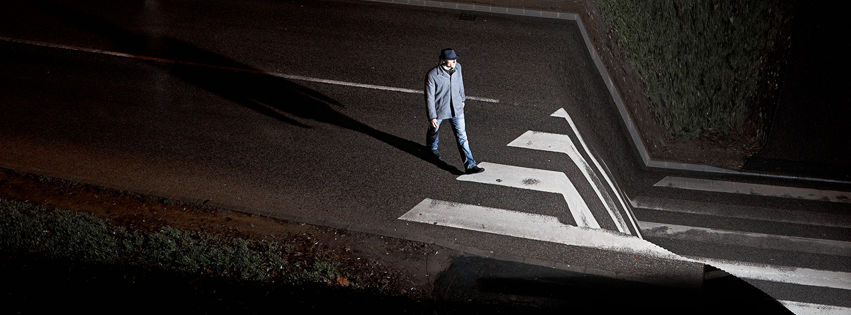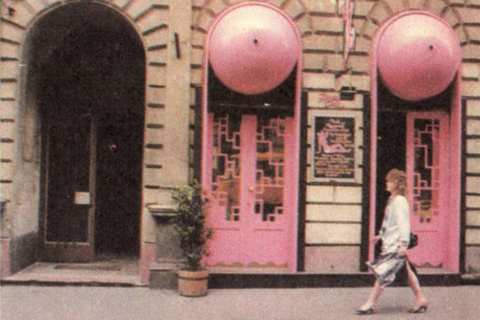From contemporary to classical, Budapest offers a wide variety of exhibitions - at so many different places of the city, that there is sure at least one in your neighborhood too! In case you don't know about it, we've compiled the most interesting ones together. Feelin' ready for some culture?
Ludwig MuseumBudapest's famous contemporary museum currently hosts three exhibitions, centered around the reflection on dramatic social events, conflicts between sustainable development and tradition, natural phenomenons (volcanic eruptions, waterfalls and so on). Transition And Transition is based on the works of three artists/artist groups: Oleg Kulik, Blue Noses Group and
Josip Vaništa - they share a love for the Russian absurd and criticising the society they live in through manipulated pictures, installations and sketches.
Liquid Labyrinth aims to present all important aspects of the Italian artist's, Fabrizio Plessi’s artistic world in order to give the Hungarian public a comprehensive view of his life and workson display in Hungary first time ever. A special feature of the exhibition is going to be an installation titled Liquid Labyrinth, that has never been exhibited anywhere else before. The third exhibition is titled The Other Half Of The Sky - Selection From The Ludwig Museum's Collection. In addition to displaying the most well-known artworks, this permanent exhibition focuses on a fundamental characteristic of the collection, the dialogue between "East” and “West”, with a special accent to the period before the regime change, the 60s-80s. Since its establishment in 1989, the museum has made its mission to present and collect the phenomena of Eastern European, American and Western European contemporary art in their entirety, and to gauge the multi directional and fruitful connections the artists of the region had with post-war international tendencies and art centres.Robert Capa Museum of Contemporary PhotographyThe ex-Ernst Museum's current exhibition, titled Kötésben (Closer To Each Other) focuses on the newest works of Molnár Ágnes Éva. After what happened to the members of Pussy Riot and how many debates they've triggered, it isn't surprising that one part of the exhibition (sub-titled as "Tribute") examines the intentions and power of three female activist groups: the already mentioned Pussy Riot, Guerilla Girls and Gulabi Gang. All of the riot grrrls fight for gender equality and to strenghten the bond between the members, they wear the same (kind of/coloured) clothes and they pay a special attention to visuals. Molnár Ágnes Éva imitates their style to think about sameness, (social) identity and how micro communities shape the way we think about relationships between man and woman, how we deal with the conflicts that come with these kind of relationships.
Opening hours: 11.00 - 19.00, every day until the fourteenth of March.Kunsthalle Budapest (Műcsarnok)
The Julia Stoschek Collection is an international private collection of contemporary artwork, with its primary focus on time-based media. The collection, which was made public in 2007, mainly contains video works, installations and photos by internationally acknowledged artists.
Kunsthalle is the first to exhibit the iconic pieces of the Julia Stoschek Collection in Central Eastern Europe - the exhibition is titled Entropy Of A City. The fresh, large-scale installations and projected images of the exhibition reflect on the present and bring into view individual details of contemporary urban existence. The works expose the unfolding of nature under human influence through video footage shot in such locations as Cyprus, Germany, Mexico and the United States, as well as in virtual spaces.
The exhibition features work from different generations of artists, from pieces produced in recent years by young, Swedish artist Klara Lidén and Berlin-based Cyprien Gaillard to works created by Gordon Matta-Clark and Robert Smithson in the 1970s.
In the closing week of the exhibition Entropy Of A City – Julia Stoschek Collection, the founder and owner of the collection Julia Stoschek visits Budapest again and holds a lecture about her collection, which, for the ten years since its establishment, has focused on time-based media art.

Iranian-born visual artist
Shirin Neshat , who has lived in the United States since 1974, gained worldwide renown beginning with her
photographic work
and video installations, which reflect on the
social structures of the Islamic world , and the
situation of women in Iran . Among other themes, her work in various media investigates issues of
gender ,
power ,displacement,
protest , identity
and the space between the personal and the political. The two works on view
in Shirin Neshat’s
first solo exhibition in Hungary demonstrate the range of her work in the medium of
video - another unmissable exhibition at Kunsthalle!
Her early black-and-white videos of the 1990s
are represented by Rapture
(1999), a
two-channel video installation , and her later works in color by Zarin
(2005), which is part of a five-piece series (Mahdokht, Zarin, Munis, Faezeh, Farokh Legha), each dedicated to a female character. This project became the core of the artist’s prize-winning film
Women Without Men (2009), based on Shahrnush Parsipur’s 1989 novel of the same title.
Both works display a
similar sensitivity
in their approach to
social issues.Trafó
The groundbreaking works of
Navid Nuur are being shown in
his first exhibition in Budapest
after being on display in the
Parisian Centre Pompidou
and the
Stedelijk
Museum
of Amsterdam. The
Iranian-born Dutch artist
has had solo shows at such legendary venues as the
Fridericianum
in Kassel, the
Parasol Unit
in London, the
Kunsthalle Sankt Gallen , the
SMAK
in Ghent, the
Plan B Gallery Berlin/Cluj Napoca and the
Matadero
in Madrid. His first summary exhibition of his
text-based works
just closed at the Bonnefantenmuseum in Maastricht.
Navid Nuur’s critics usually describe his works with the slightly confusing
post-conceptualist label , even though his area of research is actually the much moreinstinctive field of human perception of art and materials. His works are often inspired by experiences such as
skateboarding ,
graffiti ,
urban culture , common paradoxes or even his own dyslexia. Nuur creates works in an
incredibly broad spectrum of media , for example he won one of the most prestigious Dutch art awards – the Royal Award for Modern Painting – in 2011 with his monochrome painting program, which was bestowed upon him by the Dutch Queen. Apart from his
language inspired text-based works ,
drawings and
aquarelles , he also creates non-conventional objects
and
installations
which he often calls “interimodules”. Through his experiments, he is also striving to
renew genres
such as
neon-art orlimited series publications. The thematic frame of Navid Nuur’s exhibition at Trafó is comprised of his works focusing on
colors .

TelepThe famous nightlife spot currently hosts only one exhibition, but be sure to ask for a vodka-soda before staring into Pocsai Gergő (aka KLS)'s digital abyss. One thing is sure about his pictures: all of them are digitally manipulated. It's hard to decide, what is real and what is not, whether the pictures are really two dimensional or not.
Futurism, cyberpunk, digital shock. Maybe one vodka-soda isn't enough.
Várfok GalleryThe current exhibition of Várfok Gallery supports the headway of photography by presenting the artworks of Mátyás Misetics, a member of the circle of artists of Várfok Gallery, on the exhibition Utopia. The exhibition aims to give an overall picture of the works of the artist so fare, starting from his early works of 2005, through his remarkable diploma work of 2007, the Artificial Light, up to the latest series of 2014 entitled Utopia.
Through the works of Mátyás Misetics one can encounter a consciously and organically evolving oeuvre, the defining notions of which are: the darkness of night, staged scenes, figures stiff in a waking sleep, artificial lights and the lustrous street signs shining from the blackness of the pavement.
The specifically wrought and designed compositions, the perfect, precise implementation and the richness of tones all lift his photographs from everyday technologic works to the level of the purest of fine arts. In his latest series the known scenes of urban nights is further developed, inspired by the surrealistically distorted planes and cities created by the virtual and interactive world view algorithm of Google. The shockingly transformed city scene generates a unique context for the figures in it, strengthening a feel of a world of defencelessness, manipulation and the rule of technology.
AnKERT
Two artists, two very different worlds - but same history and message.
The ex-graffitist
Jakócs Dorka
currently works as a
painter
and agraphic artist, but she also tried herself as a designer and an extreme doll-artists. ForARTNIGHT, she've painted pictures centered around her favourite theme:
tales that don't end well . Surreal, frivolous paintings, full of
horror
and contradictions.
KISJUSTK's
(Kiss Benedek Kristóf) pictures reflect
his relation to the surrounding world , including the positive and negative energies that are raging inside her. Don't miss this special exhibition of Versus!kArton Gallery
The sixties in the age of the hippies. Or is it not?
In which way is the Hungarian hippie culture similar to the American, English etc. hippies’?
Does the “Hungarian hippie” exist at all?
The exhibition, titled "Hungarian Hippies" and the connected publication dealing with the “Hungarian hippie” phenomenon – or the authority of such a term - are the results of a long selection, and they are made up by pairing two different viewpoints. According to this the exhibition has two overlapping parts: one deals with the effects of the hippie movement on Hungarian fine art, - selected by the art historian Mónika Zombori; the other consist of original (digitalized and printed) private and public photos from the sixties-seventies, chosen by András Mezey “Golyó” who lived in and witnessed that period.




